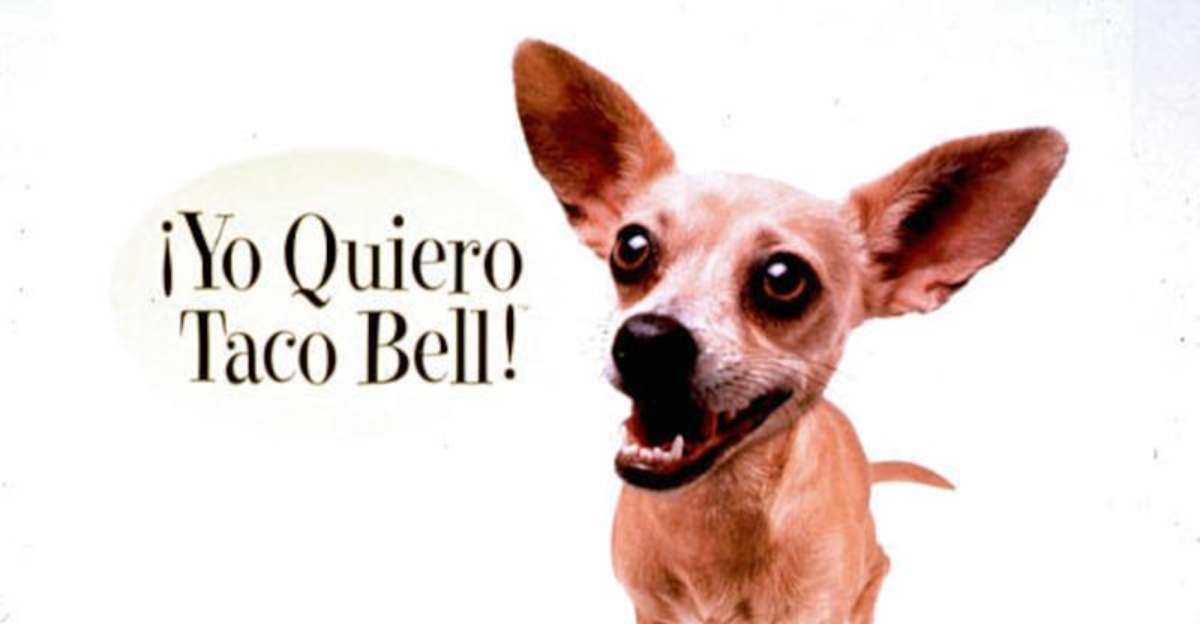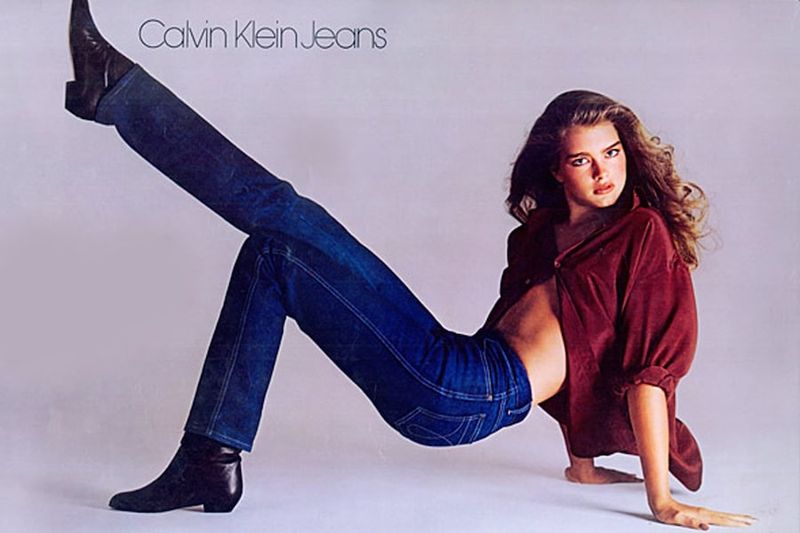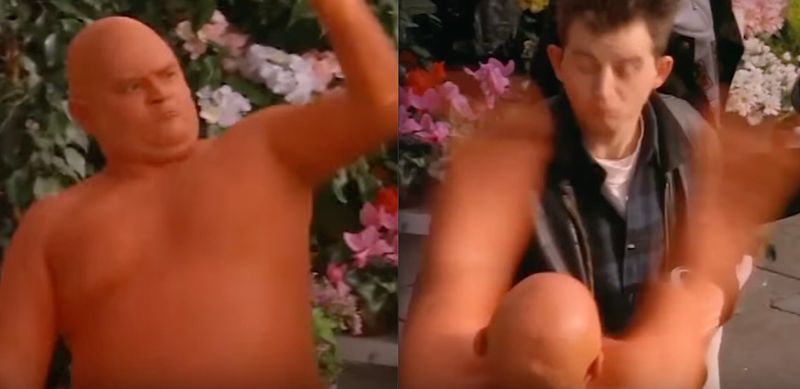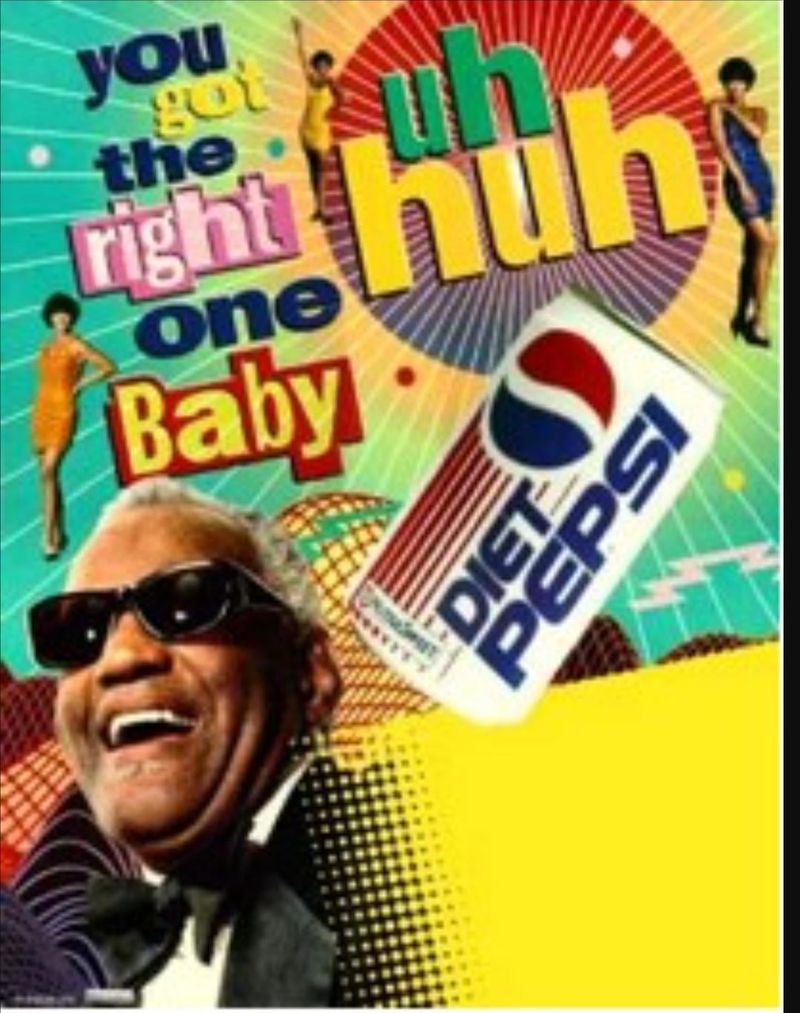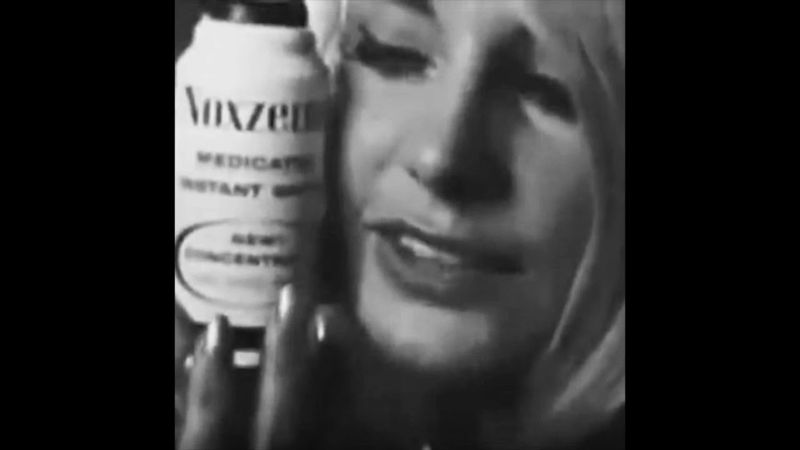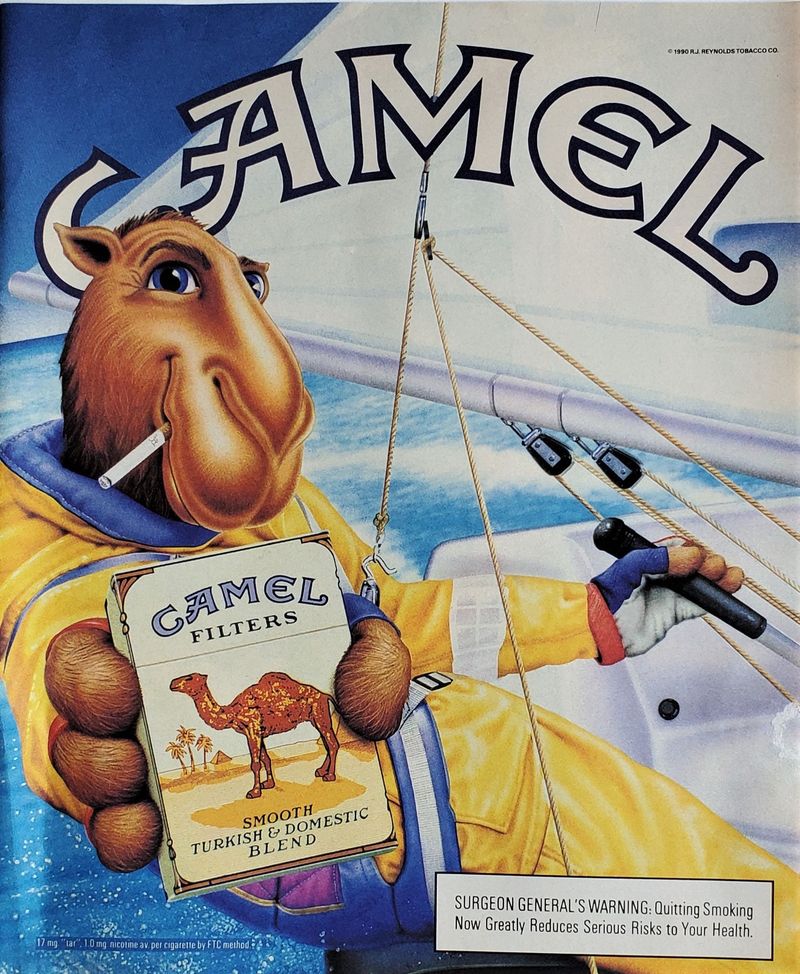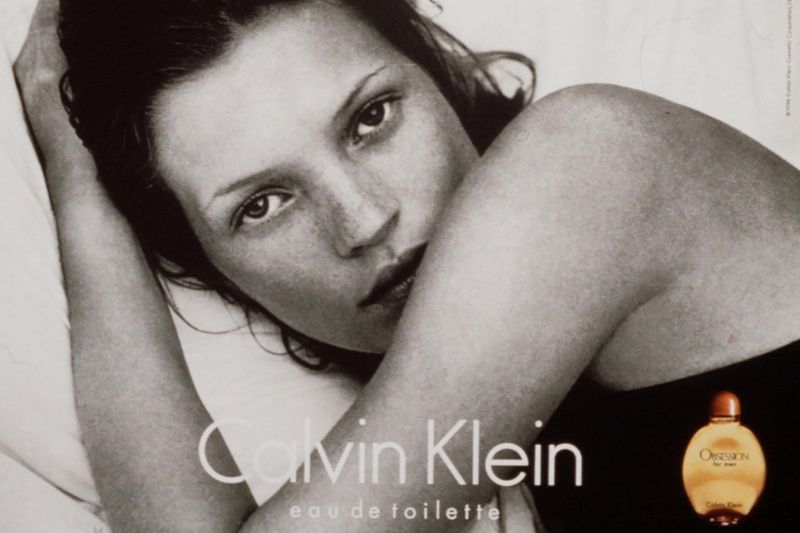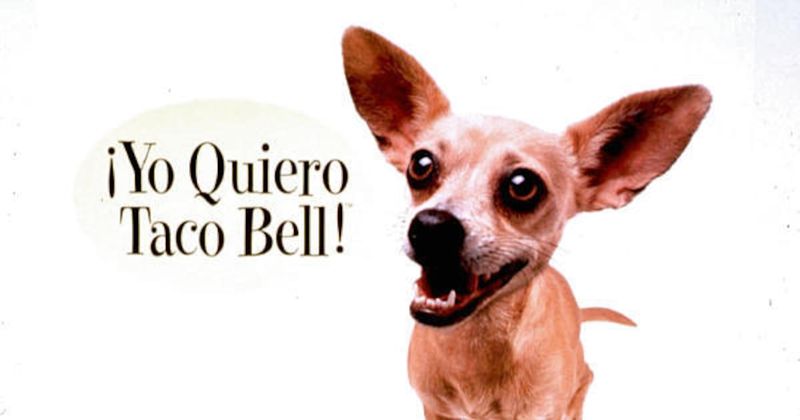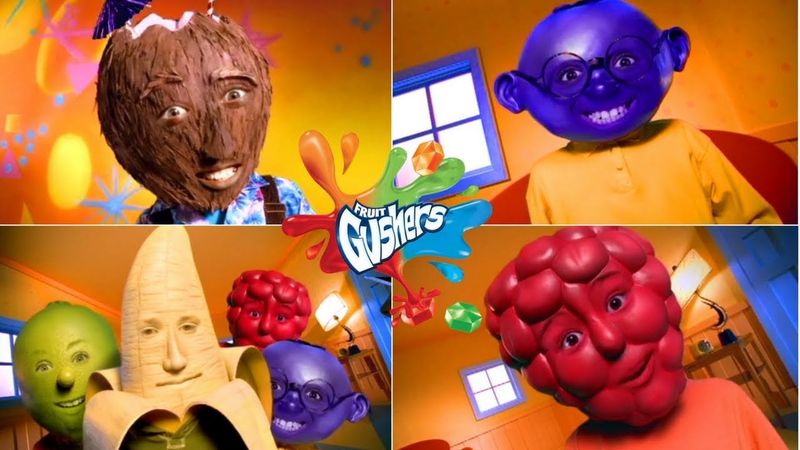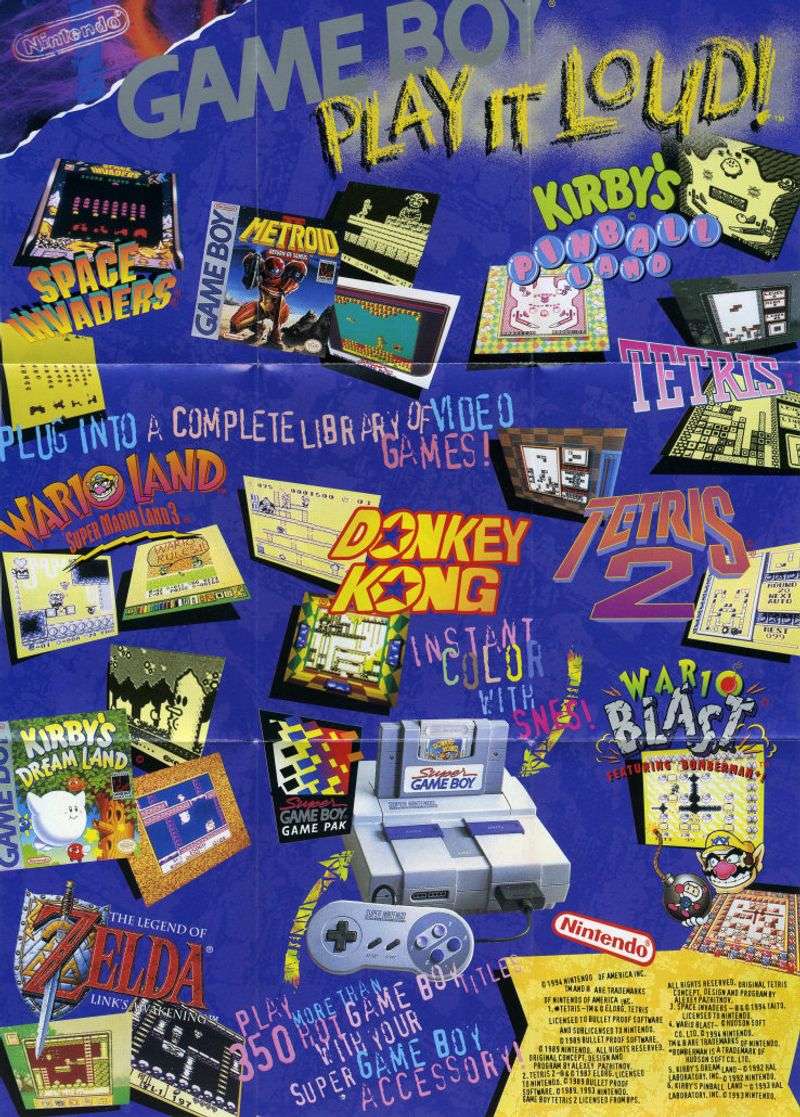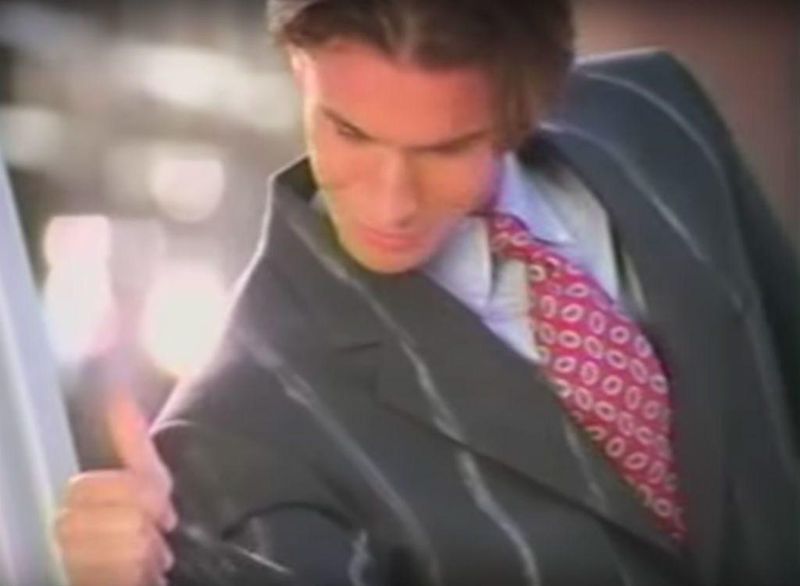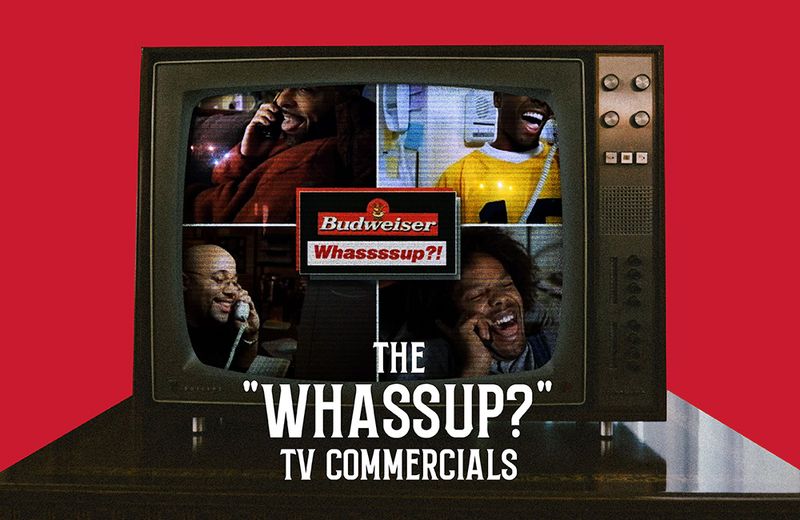The 1990s brought us some of the most memorable commercials in advertising history. Many of these ads pushed boundaries and sparked conversations that continue today.
Looking back, several campaigns crossed lines that modern audiences and regulators would never accept.
1. Calvin Klein Jeans – Young Models Campaign (1995)
Fashion giant Calvin Klein faced serious backlash when their jeans campaign featured models who appeared underage in suggestive poses. The advertisements sparked immediate controversy and caught the attention of federal investigators. The U.S. Justice Department launched a full investigation into whether the campaign violated child exploitation laws. Public outcry grew so intense that Calvin Klein eventually pulled the entire campaign from television and print media.
2. Tango Orange Man Slapping Commercial (1992)
British soft drink Tango created a wild commercial featuring an orange-painted man who dramatically slapped unsuspecting drink consumers. The ad became instantly popular but created an unexpected dangerous trend among children. Kids across the UK started imitating the slapping action, leading to numerous injuries and emergency room visits. Safety concerns forced the company to withdraw the advertisement completely from all broadcasting networks.
3. Pepsi’s Urban Language Campaign (Early 1990s)
Pepsi’s “You’ve Got the Right One, Baby” campaign attempted to connect with Black audiences using exaggerated urban slang and stereotypical language patterns. The advertisements relied heavily on cultural clichés rather than authentic representation. Modern advertising standards would immediately flag this approach as culturally insensitive and potentially offensive. Today’s brands understand the importance of authentic representation rather than stereotypical portrayals of different communities.
4. Noxzema Take It Off Shaving Cream (1990s)
Noxzema’s shaving cream commercial featured a woman slowly removing her clothing while a man shaved nearby. The advertisement used obvious sexual innuendo to sell a basic grooming product. The campaign objectified women by reducing them to sexual objects rather than focusing on product benefits. Modern advertising standards emphasize respect and equality, making this type of sexualized marketing completely unacceptable today.
5. Camel Cigarettes Joe Camel Mascot (1990s)
Joe Camel became one of the most controversial advertising mascots ever created, featuring a cool cartoon camel promoting cigarettes. The character wore sunglasses and appeared in situations that clearly appealed to younger audiences. Public health advocates argued that the cartoon mascot deliberately targeted children and teenagers. Mounting pressure from parents, health organizations, and government officials eventually forced the company to retire Joe Camel permanently in 1997.
6. Calvin Klein Obsession Fragrance Ads (1990s)
Calvin Klein’s Obsession fragrance campaign featured extremely thin, young-looking models in provocative and suggestive poses. The advertisements promoted unrealistic body standards and potentially inappropriate imagery. Critics argued that the campaign sexualized minors and promoted dangerous eating disorders among young people. Modern advertising regulations would never allow such potentially harmful messaging to reach impressionable audiences through mainstream media channels.
7. Taco Bell Chihuahua Yo Quiero Campaign (1997-2000)
Taco Bell’s talking Chihuahua mascot became famous for saying “Yo Quiero Taco Bell” in a stereotypical Mexican accent. The character appeared in numerous television commercials and became a cultural phenomenon. Latino communities criticized the campaign for perpetuating harmful stereotypes and reducing Mexican culture to simplistic caricatures. Modern advertising emphasizes authentic cultural representation rather than relying on outdated stereotypes for comedic effect.
8. Fruit Gushers Exploding Heads Commercial (1990s)
Fruit Gushers created a bizarre commercial showing children’s heads transforming into giant fruits after eating the candy. The special effects were meant to demonstrate the intense fruit flavor experience. Parents found the imagery disturbing and inappropriate for young audiences who might be frightened by the transformation scenes. Modern children’s advertising focuses on positive, non-threatening imagery that doesn’t potentially traumatize young viewers.
9. Nintendo Play It Loud Campaign (Mid-1990s)
Nintendo’s “Play It Loud” campaign targeted teenage boys with aggressive music and distorted visuals that emphasized competitive gaming culture. The advertisements used intense imagery and excluded other demographics entirely. The campaign reinforced gaming stereotypes and failed to acknowledge the diverse gaming community that included girls and adults. Today’s gaming advertisements embrace inclusivity and welcome players of all ages, genders, and backgrounds.
10. Mentos The Freshmaker Unrealistic Scenarios (1990s)
Mentos commercials showed people using the mints to solve social problems in completely unrealistic ways. Characters would break rules, ignore social norms, and behave inappropriately after consuming the candy. The advertisements potentially encouraged rule-breaking behavior and suggested that social problems could be solved through consumption. Modern advertising standards require realistic scenarios that don’t promote potentially harmful or antisocial behaviors.
11. Just For Feet Super Bowl Racist Commercial (1999)
Just For Feet’s Super Bowl commercial depicted white men tracking a Kenyan runner, drugging him, and forcing sneakers onto his feet. The advertisement was immediately recognized as deeply racist and offensive. The imagery evoked historical trauma and colonial exploitation, causing widespread outrage and boycotts. The company faced lawsuits and severe financial consequences, demonstrating how inappropriate advertising can destroy business reputations permanently.
12. Budweiser Whassup Excessive Drinking Culture (1999)
Budweiser’s “Whassup” campaign became a cultural phenomenon with friends greeting each other enthusiastically while drinking beer. The advertisements celebrated excessive drinking and party culture without showing consequences. The campaign lacked diversity and promoted alcohol consumption as the primary way to bond with friends. Modern alcohol advertising includes responsible drinking messages and shows diverse communities enjoying products in moderation.
